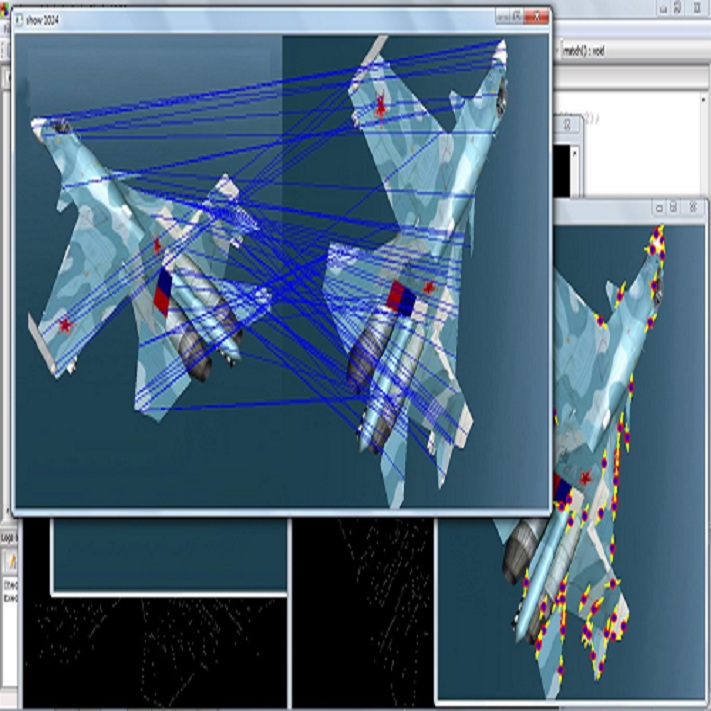
Image registration is useful for quantifying morphological changes in longitudinal MR images from prostate cancer patients. This paper describes a development in improving the learning-based registration algorithms, for this challenging clinical application often with highly variable yet limited training data. First, we report that the latent space can be clustered into a much lower dimensional space than that commonly found as bottleneck features at the deep layer of a trained registration network. Based on this observation, we propose a hierarchical quantization method, discretizing the learned feature vectors using a jointly-trained dictionary with a constrained size, in order to improve the generalisation of the registration networks. Furthermore, a novel collaborative dictionary is independently optimised to incorporate additional prior information, such as the segmentation of the gland or other regions of interest, in the latent quantized space. Based on 216 real clinical images from 86 prostate cancer patients, we show the efficacy of both the designed components. Improved registration accuracy was obtained with statistical significance, in terms of both Dice on gland and target registration error on corresponding landmarks, the latter of which achieved 5.46 mm, an improvement of 28.7\% from the baseline without quantization. Experimental results also show that the difference in performance was indeed minimised between training and testing data.
翻译:图像登记有助于量化前列腺癌患者长纵向MR图像的形态变化。 本文描述了在改进学习注册算法方面的发展动态, 因为这种具有挑战性的临床应用往往具有高度可变但有限的培训数据。 首先, 我们报告潜伏空间可以集中在一个比通常在受过训练的注册网络深层发现的瓶颈特征低得多的维度空间。 基于这一观察, 我们建议采用等级分级法, 使用经联合训练、 体积有限的字典将学到的特质矢量分解, 以便改进注册网络的普及性。 此外, 新颖的协作词典独立地优化了纳入更多先前的信息, 如在潜在四分化的空间中, 诸如对腺或其他感兴趣区域的分割。 基于86个前列腺癌症患者的216个真实临床图像, 我们展示了这两个设计组成部分的功效。 提高了注册精确度, 具有统计意义, 包括了对地表的Dice和目标注册误差, 后者达到了5.46毫米, 也从最低度测试中改进了28.7英寸的实验结果。

